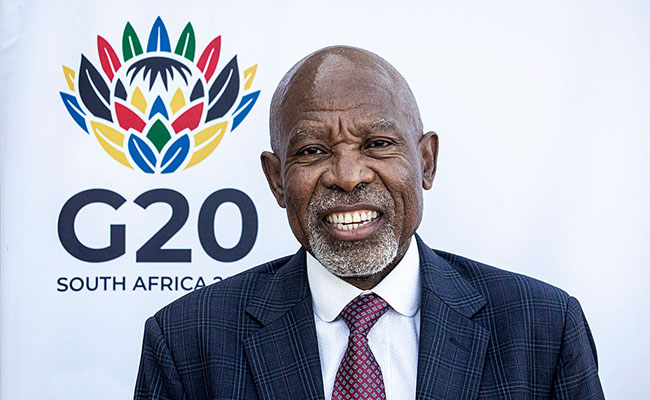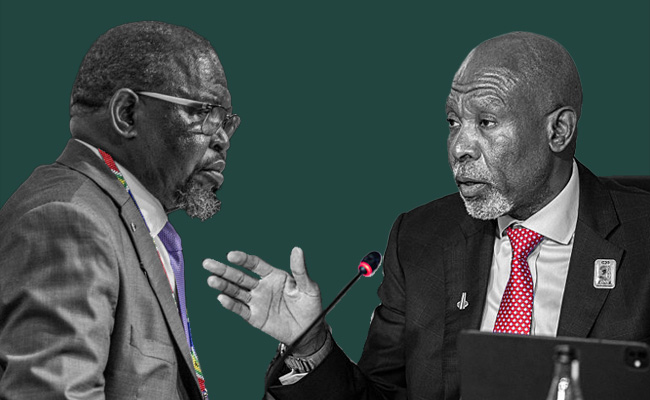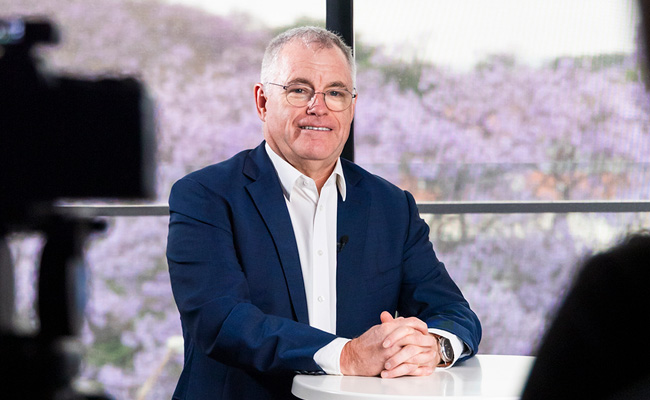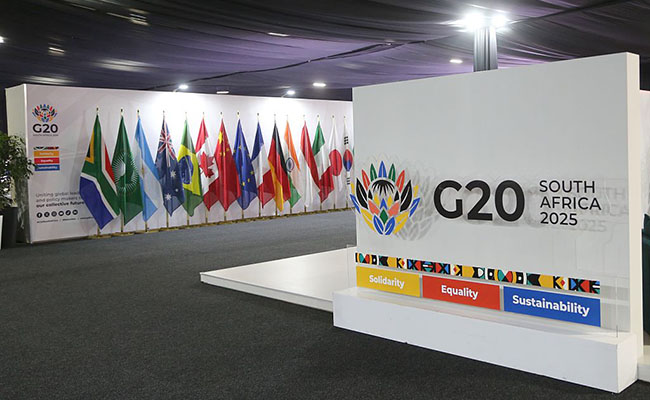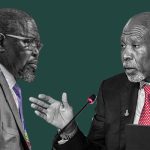It was a slightly unreal feeling. The strong rand. The buoyant rand. The rand making gains against the dollar. Any way you describe it, you feel there must be an unwitting mistake somewhere.
Until Friday’s Trump-induced market crack, the rand had looked to be on a (mostly) one-way ticket stronger. October had seen something of a breakthrough, with the rand hitting its best level for 2025 of R17.15/$, versus an average rate of R18.20 from January to September. Its total year-to-date gains at that point were just under 9%; seen against the lows of R19.74 hit in April, that recovery looks even more impressive.
Of course, just as we wrote this story the currency suffered a blowout on Friday, to R17.50/$, on a renewed explosion of trade-related hostility between the US and China.
And even before that, the currency’s gains were somewhat less impressive if you consider them in context. Investec economist Annabel Bishop notes that the rand is “only” about 8% stronger against the dollar to date, and that strength is largely a story of dollar weakness, rather than a sudden surge in South Africa’s own fundamentals. On a trade-weighted or broader basket basis, the rand is effectively flat for the year, she points out in a note to clients.
By emerging-market standards, the rand is actually a laggard: the Hungarian forint is up 20% year-to-date, the Czech koruna is up 17.4% and the Brazilian real up 15.7%.
Even at levels close to R17/$, Frederick Mitchell, an economist at Aluma Capital, argues the rand is still undervalued if you calculate it on the basis of inflation differentials. That calculation estimates the “natural” decline (or rise) of a currency by comparing the difference in the inflation rates between two countries, because technically currencies revalue over time in line with this differential.
Mitchell estimates in a note to clients that a “fair value” range for the rand would be about between R14.30, which means (good news) that there is still some way to go, and (bad news) that a sizable risk premium is still being priced in.
But you take your good news where you can get it, and there are in fact some reasons why South Africa can claim domestic reasons the rand is strengthening. These include gold and commodity strength, particularly the fact that gold has pushed past $4,000 an ounce, as well as some evidence of economic reform.
There is also the argument about fixing South Africa’s target inflation rate at 3%, a goal that introduced some strife between finance minister Enoch Godongwana and Reserve Bank governor Lesetja Kganyago. But according to Reuters, the battle seems to have been more or less amicably settled, particularly because Kganyago can and has claimed that lower inflation in 2025 has helped reduce government borrowing costs by 80-160 basis points since April.
And like many other emerging-market economies, the foreign exchange market has been buoyed by global appetite for yield and better investor sentiment toward South Africa.
As good as it gets?
The most significant part of this narrative does not, however, concern South Africa; it raises much more fundamental questions about the position of the US. George Glynos, head of research at ETM Analytics says what we are seeing could be a really fundamental change in the nature of global finance.
If you draw back the focus and look at the strength of the dollar on a 60- to 80-year chart, you’ll find that the dollar is trading right at some of its most expensive levels ever. It got a big boost during Covid and has been generally strong for decades based on its status as the world’s default currency.
“By our calculations, the dollar could correct as much as 10%-12% from here and still only make it back to neutral,” he believes.
But lots of countries are looking for a more “nationally agnostic” trading currency. “The US has now built up an enormous amount of debt and interest on debt has jumped spectacularly to levels now that exceed their defence budget. They are spending probably close to $1-trillion a year just on servicing debt.”
Yet nothing is ever exactly clear cut in the world of currency traders or, indeed, economics. Ninety One analyst Adam Furlan says, as a house, it’s turning more “constructive” on the US currency.
“The relative growth differentials between the US and Europe are starting to improve in the US’s favour. And that may drive some dollar strength over the coming quarter especially given how heavily positioned people seem to be [against] the dollar. We are tempering our dollar bearish outlook,” he tells Currency.
So does that mean it’s as good as it gets for the rand, for now?
Well, sort of. And also, not exactly.
Furlan agrees with Glynos that, longer term, the dollar is still on a “downward path”, so “it’s still got a long way to go to get back to a level that’s more reasonable given that we had a five-year dollar bull market post Covid”.
Then Kganyago’s inflation target means we are likely to be stuck with higher interest rates, which will suck in offshore cash looking for a higher yield.
So, take the gains when they come, but don’t be wedded to a number. As in life, so with the rand.
Top image: Rawpixel/Currency collage.
Sign up to Currency’s weekly newsletters to receive your own bulletin of weekday news and weekend treats. Register here.




